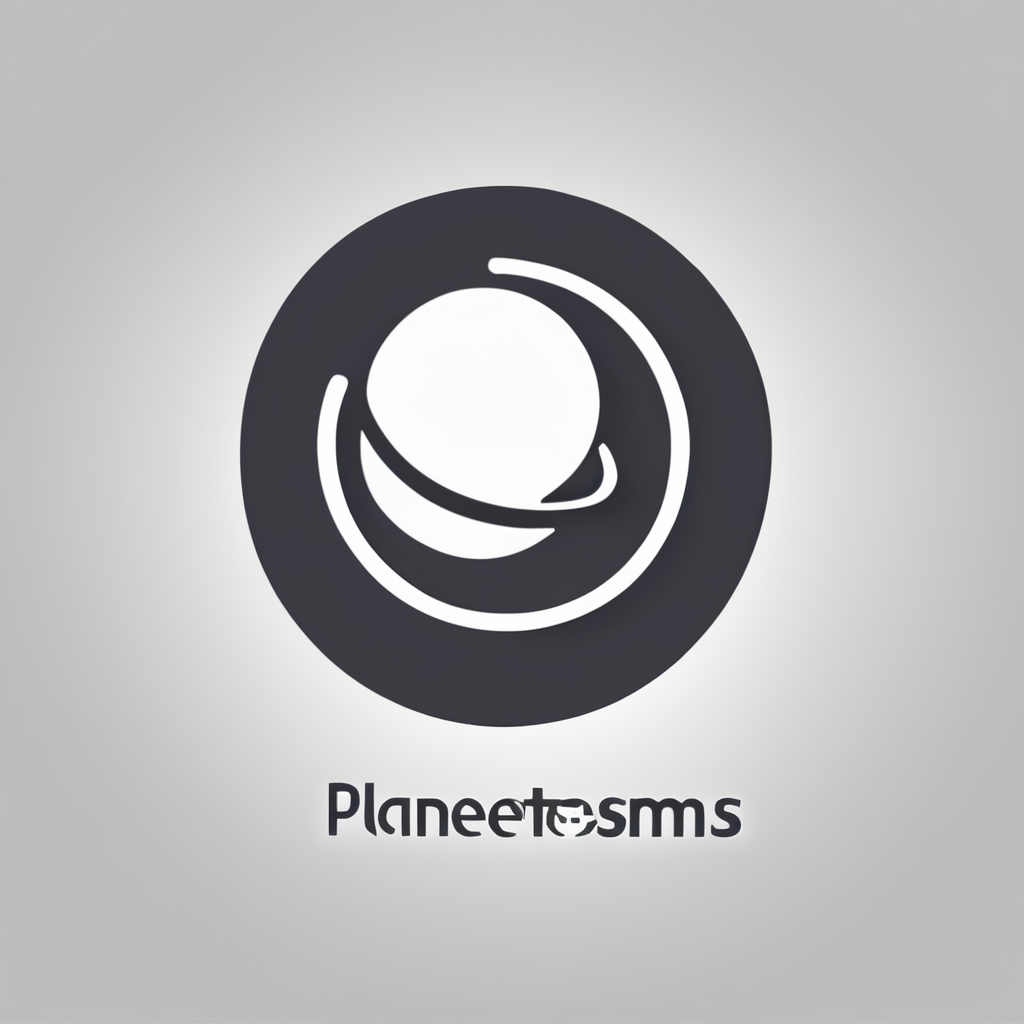Managing complex product lifecycles demands tools that streamline collaboration and centralize data without overwhelming teams. Product Lifecycle Management (PLM) software offers this balance, improving efficiency from concept to retirement. By comparing features, integrations, and user experiences, businesses can select solutions that suit their unique workflows, accelerating innovation while reducing costly errors and duplicated efforts. Explore how the right PLM software can transform your processes.
Accurate Overview of Product Lifecycle Management (PLM) Software
PLM software benefits are wide-ranging, streamlining the management of a product’s entire lifecycle. It centralizes product data management, preventing errors and duplication, and ensures all stakeholders access accurate, up-to-date information.
Have you seen this : What Are the Leading UK Innovations in Computing and High Tech?
Key features include version control, workflows automation, and robust change management tools that support design, manufacturing, and compliance processes. Integration with CAD software enhances product design integration, allowing seamless updates across engineering and production.
Manufacturing process optimization benefits from real-time data insights, reducing waste and accelerating time-to-market. Similarly, supply chain collaboration fosters coordinated planning, helping manage complex global logistics.
This might interest you : What impact does the UK tech industry have on global software development?
Digital twin technology creates virtual representations of products, enabling predictive maintenance and lifecycle simulations, significantly boosting product innovation management. Configuration management ensures consistent product variants, while version control systems track every modification precisely.
Click for more details about PLM systems and their market trends, you can view more details on this page. These systems also emphasize compliance management tools for regulatory adherence, vital in industries like aerospace or medical devices.
Overall, strong change management in product development processes and quality assurance tracking enhance product reliability. The choice between on-premise and cloud-based PLM solutions depends on organizational needs, but cloud options support scalability and remote access.
Essential Features and Capabilities of Leading PLM Platforms
Core Functionalities of Top-Rated PLM Software
Leading PLM software features set the foundation for robust product data management, supporting everything from initial concept to product retirement. Systems excel in version control systems, ensuring every product update or revision is tracked and retrievable for teams. Change management in product development not only documents changes but also governs reviews, approvals, and communication, minimizing errors and supporting compliance management tools required by regulated industries.
Integration with CAD, ERP, and Project Management Tools
A key advantage is seamless integration with CAD software and direct connectivity to ERP systems. This centralizes engineering and operational data, supporting manufacturing process optimization and ensuring cross-functional team collaboration. Integration with project management tools allows continuous alignment between product development schedules and resource allocations. PLM software integrations ecosystem brings CAD, ERP, and reporting together, enhancing product lifecycle stages overview from planning to launch.
Automation and Reporting in PLM Systems
Automated workflow management streamlines repetitive tasks, such as approvals or BOM generation, accelerating time-to-market. Reporting and analytics in PLM deliver actionable insights—performance metrics in PLM track KPIs and highlight bottlenecks or compliance risks. Automated product lifecycle reporting dashboards provide transparency from design through to product retirement strategies, empowering teams to make informed decisions and supporting innovation pipeline management.
Industry Applications and Use Cases for Product Lifecycle Management
PLM in Manufacturing, Electronics, and High-Tech Industries
Product lifecycle management benefits manufacturers by unifying design, production, and compliance data, which is essential for accurate product data management and cross-functional team collaboration. Integration with CAD software and ERP systems ensures manufacturing process optimization and reduces costly errors caused by data silos. PLM software features, such as version control systems, change management in product development, and quality assurance tracking, help teams automate workflow management and manage product complexity. Electronics manufacturers use PLM for configuration management, product design integration, and supporting digital twin technology—key for simulating new products and monitoring performance metrics in PLM. Embracing automated workflow management and product innovation management enables faster adaptation to shifting customer requirements.
Retail and Consumer Goods Product Lifecycle Solutions
Retailers rely on industry-specific PLM applications to handle massive product portfolios and supplier networks. Product launch management and end-to-end product traceability allow for seamless lifecycle cost analysis and rapid time-to-market. Collaboration tools within PLM and supply chain collaboration features are vital for achieving centralized product data management, agile PLM methodologies, and strong reporting and analytics in PLM. Compliance management tools and sustainability tracking in PLM are increasingly critical for meeting regulatory standards and supporting innovation pipeline management in global product rollout coordination.
PLM Applications in Aerospace, Defense, and Medical Devices
Aerospace and medical device sectors demand rigorous compliance management tools, product lifecycle governance, and real-time supply chain collaboration. Industry-specific PLM solutions support change management in product development, full traceability, and risk management in product lifecycle. Security features and cloud-based PLM solutions, combined with robust configuration management and innovation pipeline management, ensure regulatory alignment, reliability, and resilience for critical assets. Integration with project management tools and quality assurance tracking enables iterative product lifecycle stages, from concept to retirement.


